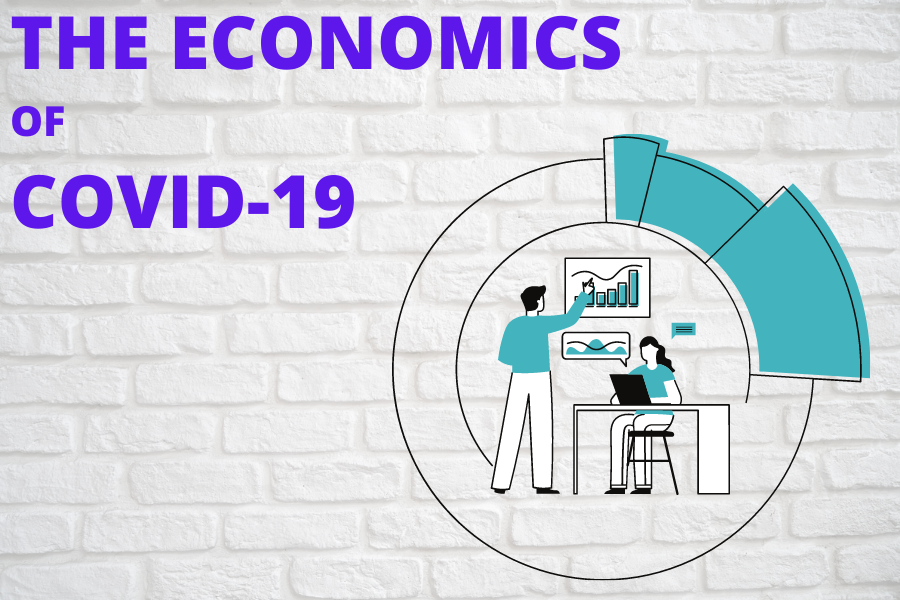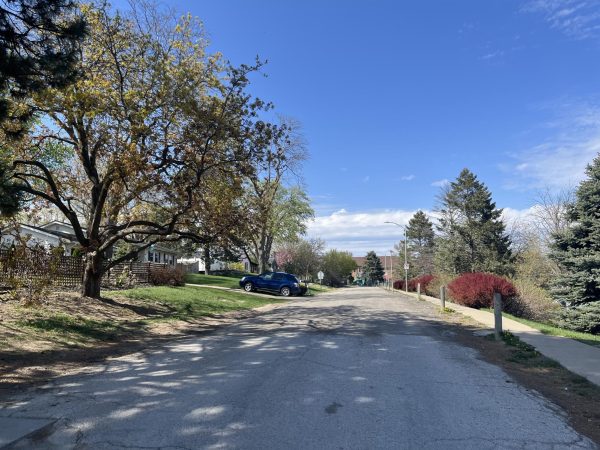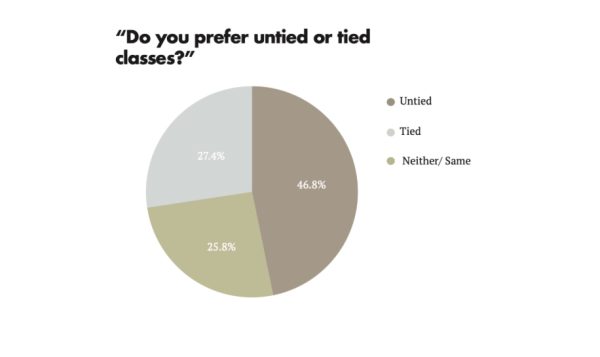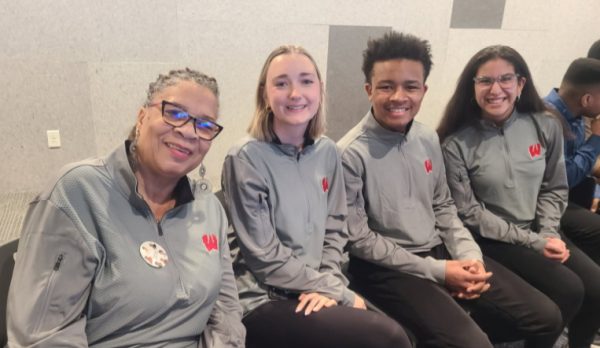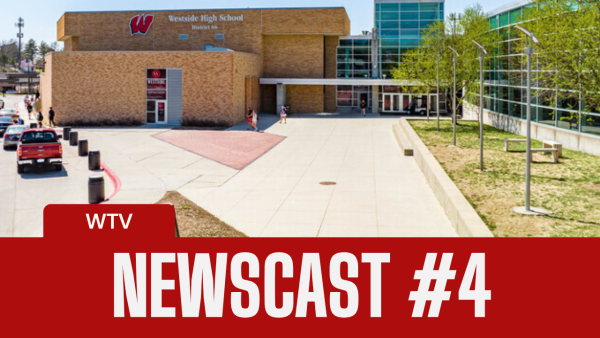Social Studies Teacher Explains the Economics of COVID-19
President Joe Biden recently released a plan to help aid small businesses during the COVID-19 pandemic. Part of this plan included increasing the federal minimum wage to $15 and sending out another round of stimulus checks of $1,400 to help struggling businesses and individuals.
Social Studies instructor Diana Schergin gave some insight on the current state of our economy.
“When COVID-19 hit people were forced to shut down their businesses, stay at home, quarantine, and when that happened we hit a sharp economic downturn which has led most economists to deem the current situation that we are in as a recession,” she said.
In order to adapt to the pandemic and struggling economy, small business owner Shelly Mutum of The Next Chapter in Omaha has made changes to her new book store.
“I opened just months before COVID hit and couldn’t have ever imagined something like this happening,” Mutum said. “COVID changed everything and I had to start adapting to these changes. I was offering (and still do) curbside pick up, delivery, shopping by appointment if necessary and setting up a table providing hand sanitizer and masks for all customers who enter. My online presence and website had to be upgraded as well.”
President Biden is calling for another round of stimulus checks. Schergin explains the goal of the stimulus checks for the economy and small businesses.
“So the reason they [the government] wants to throw money into the economy is because if consumers are spending, then every time, let’s say I spend 80% of my [stimulus] check and somebody spends 80% of their check, that goes back and forth and it actually creates a bigger injection into the economy than the original stimulus that was put in,” Schergin said.
However, she also said that they would only create a positive impact if people spend them.
“It has to do with who’s being targeted for the stimulus checks themselves and if they have more of a propensity to consume with that check or to save with that check because if they save with that check the stimulus is not going to have the desired effect on the economy,” Schergin said.
Biden also wants to raise the federal minimum wage from $7.25 to $15 to further help the economy. However, this poses concerns of inflation.
“Lots of businesses are not minimum wage businesses to start with,” Schergin said. “But yes for your custodial staff or your food processing people or, you know, people who would maybe accept a minimum wage, those firms would be forced to either raise prices on the value of their goods or to lay off workers.”
In order to implement Biden’s $1.9 trillion plan, he is calling on Congress for the money. It has not been said where they will obtain this money.
“Taxes, that’s one way to raise money, getting rid of social programs, but yeah,” Schergin said. “They always say in economics there is no such thing as a free lunch. So, like, if you pay for something or you want to do something or you want to stimulate the economy, eventually there’s going to be an opportunity cost associated with that.”
The main goal of Biden’s plan is to help the economy and small businesses. Money is not the only way though. Mutum said she is very thankful for the community and how they showed support.
“It was a relief to see more and more of a push for shopping local and supporting local small businesses during this tough time,” Mutum said. “I’m also so thankful for my loyal customers who have stood by me and have continued to support the store.”
Your donation will support the student journalists of Omaha Westside High School. Your contribution will allow us to purchase equipment and cover our annual website hosting costs.

Hey, my name is Rachel Dowd! I am a Managing Editor for Westside Wired this year. I am currently a junior and this is my third year on Wired. A fun fact...


